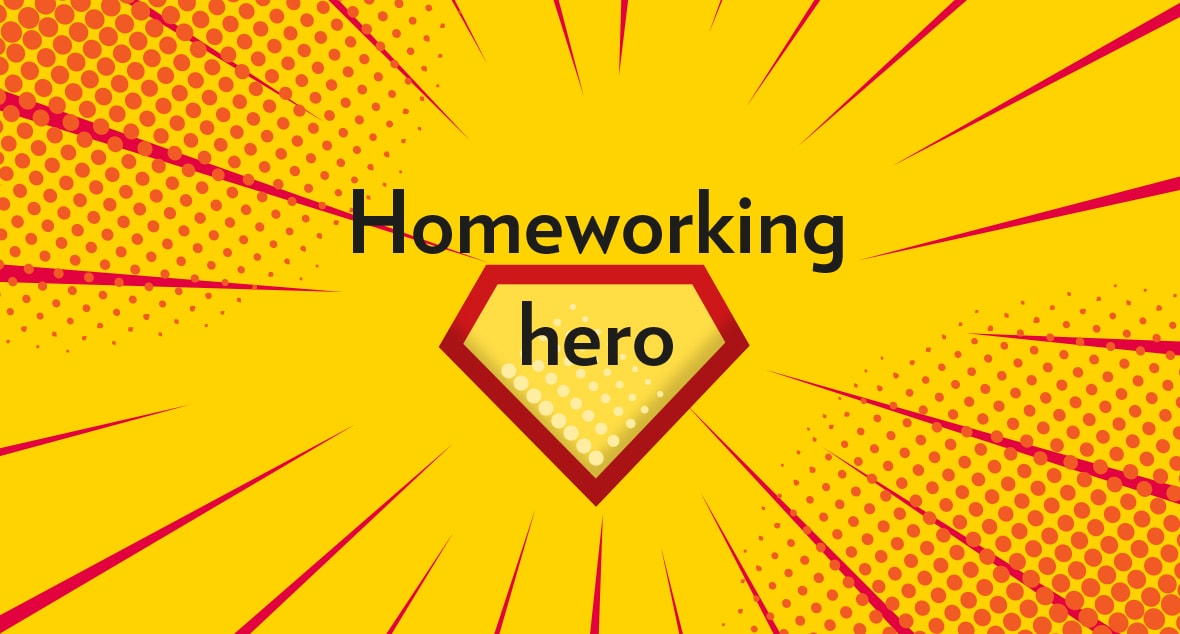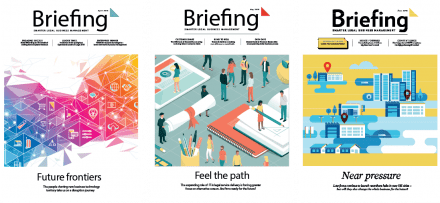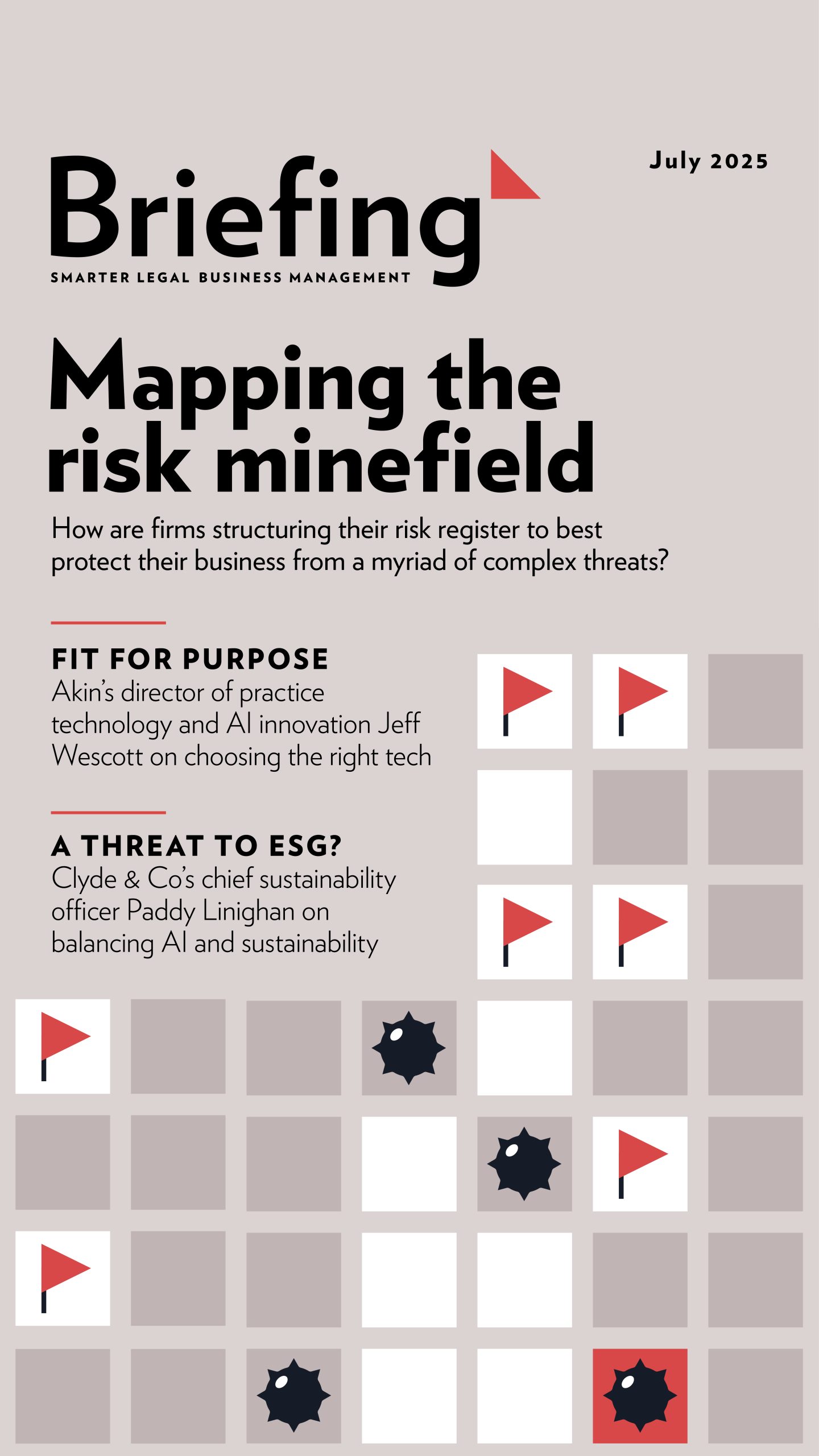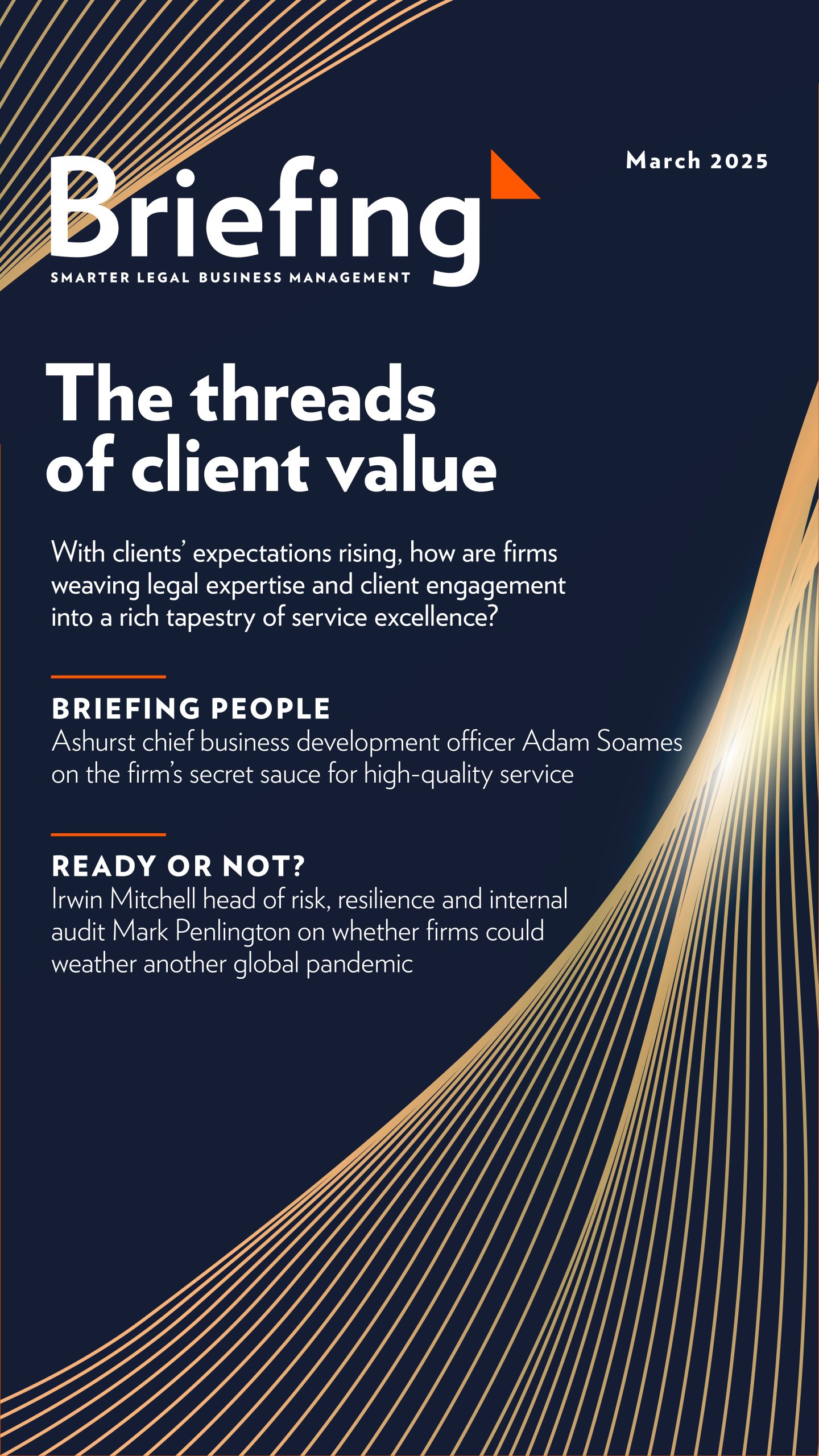Long distance delivery
James Macrae, director of professional services at Peppermint, reflects on lessons he learned needing to kickstart a recent strategic IT project remotely.
As we reached the end of the fifth week of lockdown I found myself reflecting on the way everyone I’ve spoken to appears to have largely adapted to this strange situation as best they could. As a cloud software business, we are extremely fortunate our team can readily work from home – so our thoughts are naturally with those continuing to go out to work to care for us all.
But I’m also aware of how my colleagues have found new ways to keep the wheels turning with, in some cases, adaptations that were intended to be short-term workarounds proving to be a more effective way of working. This was brought into sharp relief for me as, just before the start of the formal lockdown, Peppermint was about to kick off a project under a strategic programme of work for top-tier law firm Irwin Mitchell.
We had agreed the scope and approach and were about to embark upon the initial roundtable, all-stakeholder kickoff meeting when the Covid-19 lockdown struck. The original plan for the first half of the day was for the Irwin Mitchell team to walk us through the requirements-gathering and customer journeys they had collected to date. Now, unless the entire programme was to be stalled, we had to find a way to initiate the project and bring the combined team up to speed without being in the same room.
Now imagine a 15ft x 5ft wall of Post-it notes. The Irwin Mitchell team had already shared some good photos with us, but zooming in to read the script on one note left you ‘lost’ in terms of where they were on the whole map. This is the kind of thing you want to be able to stand back from to get perspective and context and lean into for detail. I confess I had serious doubts about whether a remote session was going to work.
Come the day of the workshop, we had the inevitable challenges of getting the presentation laptop to display the correct window at the right time. And while these issues were fixed well before the start of the session, they subconsciously added to my nervousness.
But then the meeting got underway and, after the normal round of introductions and expectation-setting, we switched screen sharing across to the senior UX designer, who would be leading us through the customer journey, and it was nothing short of brilliant.
The person leading us through knew the material inside out. He explained the process Irwin Mitchell had gone through to gather the feedback, the structure of the layout, colour coding and shorthand references – and then stepped us through topic by topic, checking understanding as we went. Everyone on the call participated and remained engaged.
Don’t get me wrong, I’m sure nothing compares to being in the room when feedback like this is initially voiced, captured and stuck up on the wall, but we came away with a really solid understanding and a clear way forward.
Read the full feature in Briefing May – It’s the screen team, here.
Homeworking hero
Andy Bevan, cloud sales specialist at Pulsant, says homeworking can certainly work for a law firm, but it brings with it a number of important compliance matters to consider.
Never have the concepts of working from home and mobile working been as important as they are now. The world is working from coffee tables, makeshift desks and breakfast counters. While the traditional office landscape may have changed, traded for views of the living room, the importance of the work remains the same, especially in the legal sector.
Maintaining a business-as-usual approach can be a challenge. However, with the right technology and processes in place, issues can be overcome.
Of course, mobile working isn’t new to the industry. In the last few years, many law firms have embraced it to one degree or another. The benefits are easy to see: staff can be as productive outside of the office as they are in it. With connectivity, they can also have secure access to documents and applications from wherever they are working.
One of the reasons mobile working has become so much more effective is the increased use of cloud computing and its strong focus on security and ubiquitous networking. As mentioned, staff can access the systems and documents remotely, but more than that, software-as-a-service and thin-client solutions mean that work can be done effectively in the cloud. Documents and information don’t reside on an individual device, so minimising the risk of data loss if the device is compromised or lost.
In addition, the use of any number of collaboration platforms, such as Skype for Business, Slack, Google Hangouts, Zoom or Microsoft Teams, also makes it simpler for colleagues to stay in touch with one another; whether that’s through email, video, voice or instant messaging.
Read the full feature in Briefing May – It’s the screen team, here.
Express delivery
Mark ford, chief knowledge officer|Baker McKenzie
Sarah Pullin, director of global knowledge operations|Baker McKenzie
Baker McKenzie chief knowledge officer, Mark Ford, and director of global knowledge operations, Sarah Pullin, outline how Contract Express from Thomson Reuters has made managing document drafting a significantly more efficient process right around the world.
As hugely challenging economic times seem an inevitable outcome of the pandemic that has swept the world in the space of a few months, it’s just as likely that legal will have the landscape that emerged from the last downturn on its mind in the months ahead. The available apparatus for ‘agile’ working has of course come on leaps and bounds since the dark days of 2008 – but firms will almost certainly also double down on their work to embed scalable efficiencies in many of their resourcing patterns and business processes.
And no doubt the approach already taken to drive certain IT projects to value in recent years will be a factor to consider as the work continues. Take, for example, the document automation journey at Baker McKenzie. Chief knowledge officer Mark Ford says the firm had been using Thomson Reuters’ Contract Express solution for several years before he arrived in 2015, but it was a piece of technology in need of a strategy.
“The drivers were reducing cost, and improving efficiency and client service, but the real key is to look closely at where it can make the biggest impact and you can see the biggest return on investment,” says Ford. It wouldn’t be efficient to attempt to automate everything automatable; certainly not all at once (although Contract Express is in fact now used widely across practices, countries and languages).
“We’ve done several pieces of analysis of the best opportunities, and in short they tend to be documents that are used most often, or the ones with the most moving parts,” says Ford. “Focusing there can help you to save significant time quickly and easily.”
Sarah Pullin, director of global knowledge operations, adds: “The degree to which any document is automated is also very deliberate. The way we tend to describe Contract Express is that it’s producing a best first draft of the document. It can do more of course, but in our more complex legal scenarios the goal is to use lawyers’ time better rather than trying to replace them.”
The firm wants to free lawyers from tasks that are time-consuming, but aren’t adding much value to the outcome for the client, explains Ford. “A classic example would be changes between singulars and plurals, which can be needed hundreds of times throughout a document. It can’t be done with a simple search/replace, and by automating responses to 15 or 20 questions you can produce a good, advanced first draft of quite a complex document in a couple of minutes.”
Clearly, automatically changing terms or phrases hundreds of times throughout a document is also less risky than doing so manually – there is simply less room for human error in the process. Efficiency, however, is very much the name of the game.
Pullin says: “We compare pre- and post-automation production times to calculate savings, and also track those completion times over time.” Savings can be as high as 60-80%, she says.
“We also track the number of documents being automated in different parts of the business, and their usage – and qualitative feedback is that automation has also provided greater consistency across products.” Data on many of these points is open to view through dashboards, driving awareness of the depth of return on investment that can be achieved.
Read the full case study in Briefing May – It’s the screen team, here.
Virtually possible?
Is technology ready to truly enable lawyers to work remotely long-term, asks Dan Taylor, director of systems and security at Fletchers Solicitors.
The demand for homeworking has been on the increase for some time, and in the legal sector – a profession known for its long hours at a desk, working late into the night, and dealing with clients’ most private of matters – there has been the desire to make it work.
However, whether it be culturally, practically – or just from a technological adoption perspective – there has always been a reticence in the law to engage remote working practices more widely.
Within the space of two weeks, all those obstacles had to be overcome to make working from home possible. The coronavirus pandemic pressed the fast-forward button for everyone.
It has brought huge changes in all walks of life, but one of the things it has really thrust into the spotlight for businesses is their ability to enable their people to work from home efficiently and productively.
In 2019, of 32.6 million employed people, around 1.7 million people reported working mainly from home (according to the Office of National Statistics). Once people are eventually allowed to return to the physical workplace, that figure is likely to rise significantly as many companies will have adapted their systems to facilitate remote working.
This pandemic will have created a huge shift in the mindset of many companies regarding remote working, because they have seen that it can work.
Read the full brain training in Briefing May – It’s the screen team, here.













